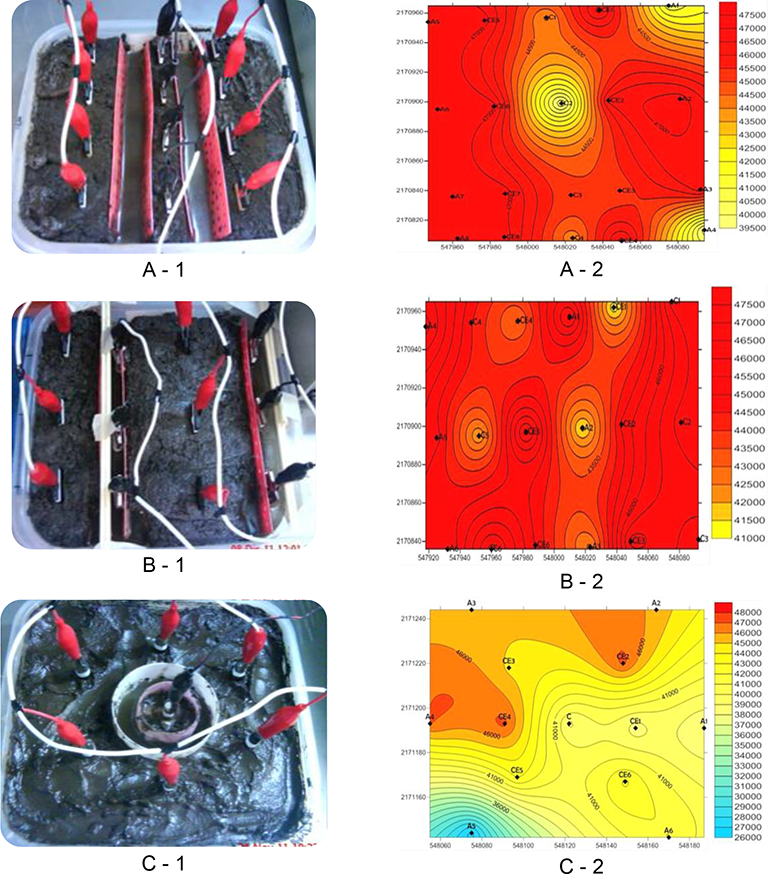
By Maribel Pérez‐Corona, Zsuzsanna Plank and Erika Bustos
DOI: 10.5772/64631
Soil contaminated with hydrocarbons (HC) in all over the world is a recurring problem arising from distribution, storage and illegal connections. A wide range of methods are used in all the world like remediation with biological and physicochemical treatments, however, for the purpose of reducing time and increasing the scope of new technologies that have proven its viability in experimental laboratory tests later tested implemented on field are necessary. One of the main advantages of electroremediation processes (ER) is the relatively short implementation time as well as its ease of removing contaminants in highly heterogeneous soils with low permeability. In this chapter, the ER process is described starting from the laboratory scale, determining the supporting electrolyte used, through the choice of material of the electrodes as well as its configuration; finally pilot‐scale implementation and fieldwork.
Keywords: electrokinetic, polluted soil, hydrocarbons, resistivity
Published in: "Soil Contamination - Current Consequences and Further Solutions", book edited by Marcelo L. Larramendy and Sonia Soloneski, ISBN 978-953-51-2816-8, Print ISBN 978-953-51-2815-1,

